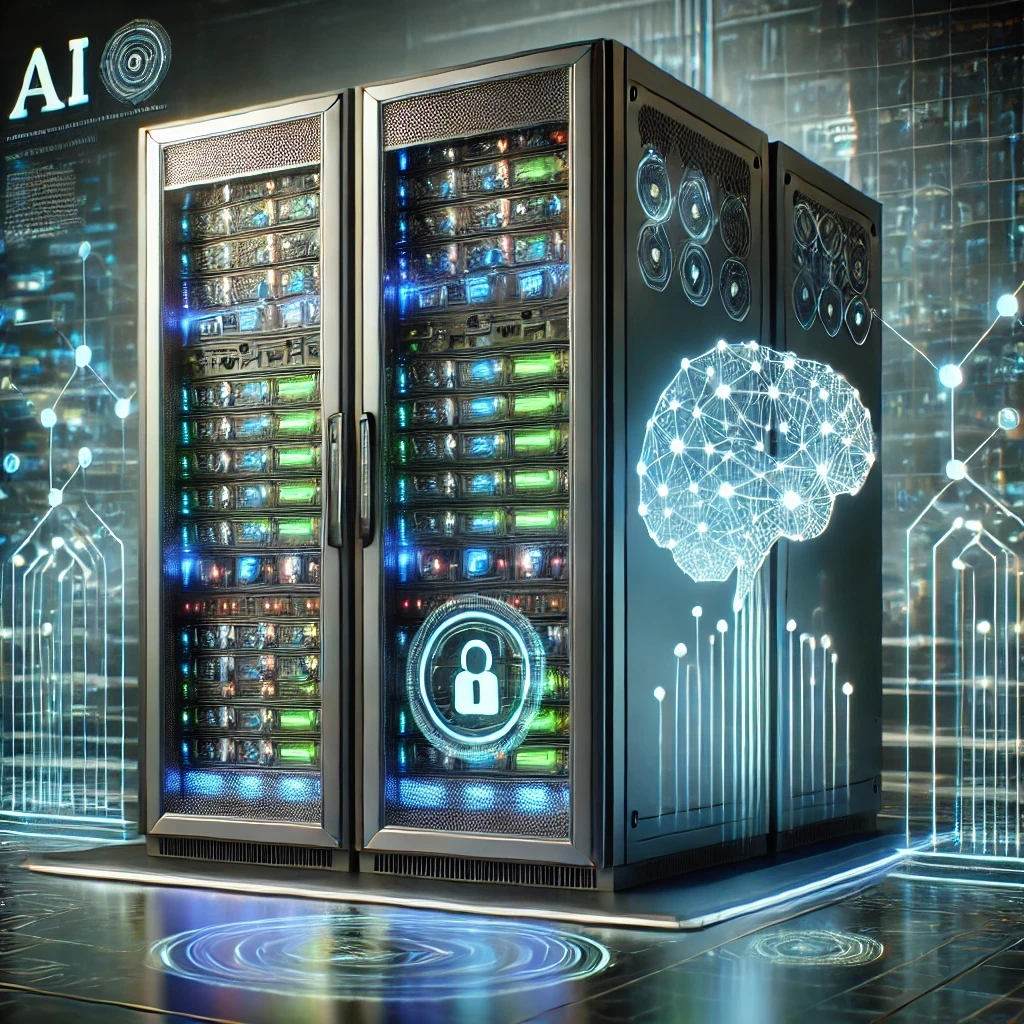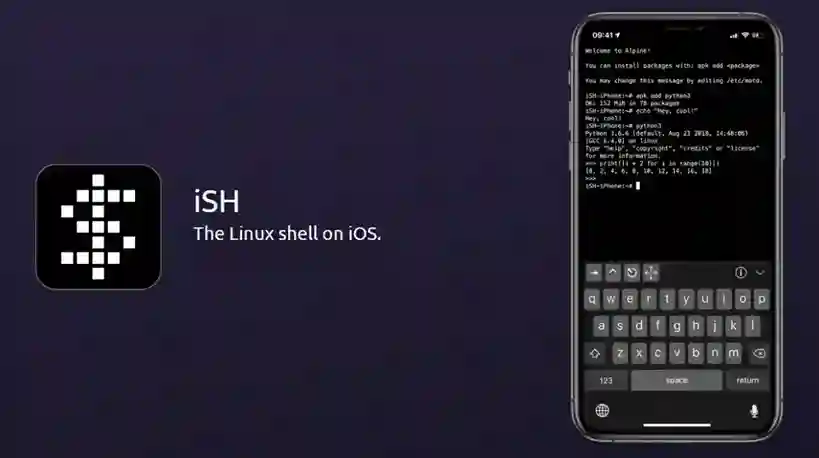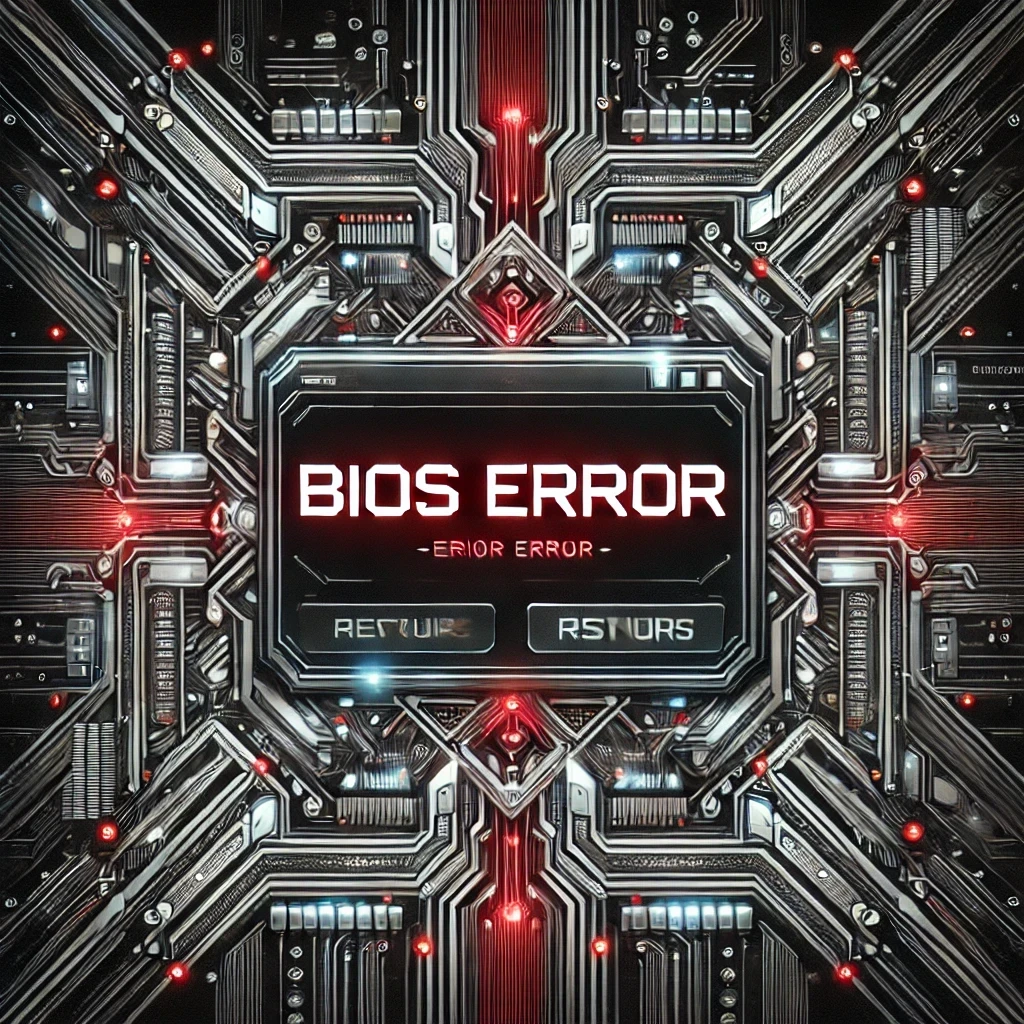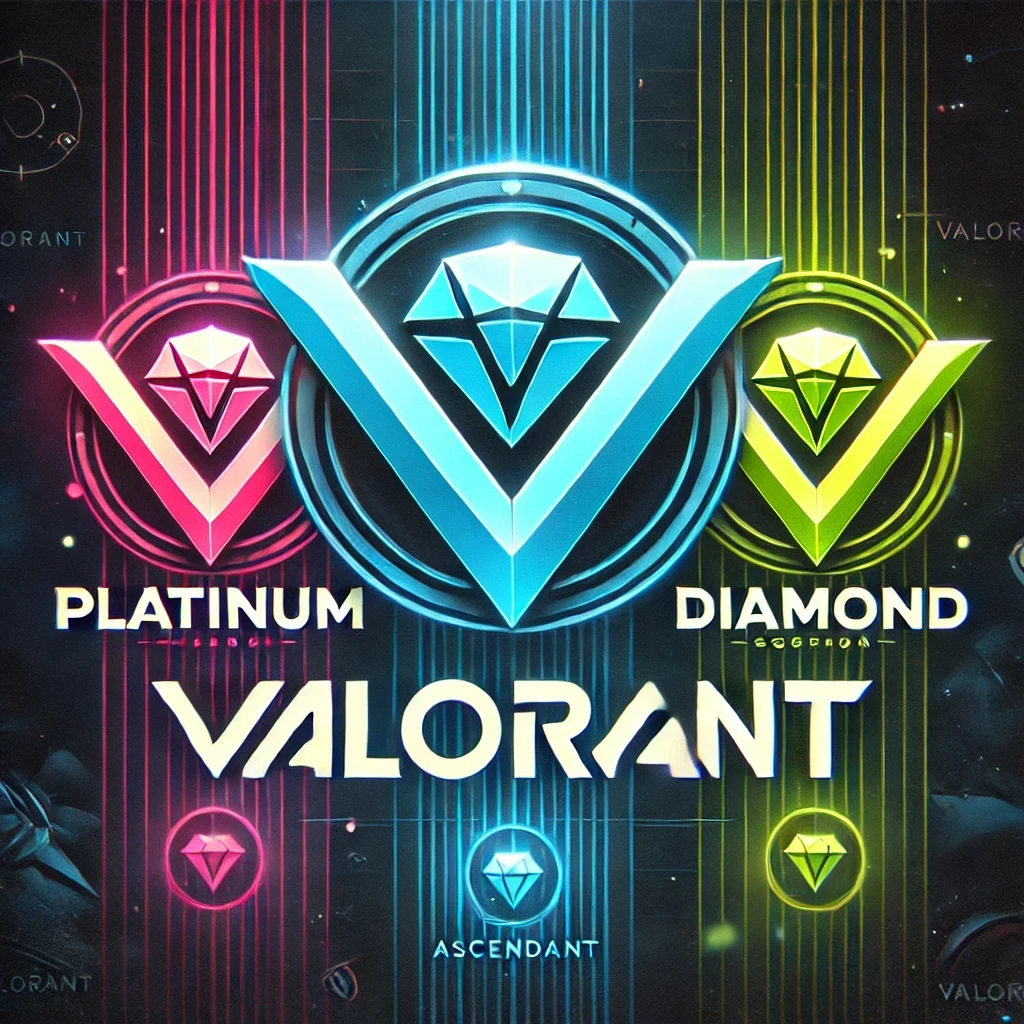Expanding Data Universe

Today, artificial intelligence has become an important part of our lives and continues to integrate more into our daily lives by increasing its influence day by day.
Undoubtedly, artificial intelligence technology facilitates users' work in many areas and accelerates processes. However, these conveniences come at a cost.
In the age of data, the importance of data is increasing day by day, and investments in the technologies required to process this data are rapidly growing. One of the fundamental building blocks of artificial intelligence technology, datasets, require powerful hardware to operate stably and efficiently.
At this point, GPUs (graphics processing units), which can be described as the 'heart' of artificial intelligence, play a critical role in meeting the demands for computational power and performance. While traditional CPUs (central processing units) are insufficient to meet these high demands, investors are increasingly turning to GPU-supported systems. Consequently, investments in GPU-focused infrastructures are accelerating and gaining priority to meet the requirements of modern artificial intelligence applications.
Ready Datasets and Llama Models
One of the current and popular ready datasets well-known by those interested in artificial intelligence is the Llama models offered by Meta (Facebook). These models provide solutions tailored to various needs with different levels of data capacity and hardware requirements. Here are the prominent versions and details of the Llama models:
Llama 3.2
1B
- Data Volume: Contains 1 billion data points.
- Features: Supports multiple languages. Suitable for personal computers and small-scale servers. Performs simple tasks easily.
- Hardware Requirements:
- Requires a minimum of 2 GB RAM and 2 GB GPU.
- Can operate stably using only a CPU without a GPU.
3B
- Data Volume: Contains 3 billion data points.
- Features: Offers multi-language support. Ideal for medium-scale servers and supports more complex operations.
- Hardware Requirements:
- Requires a minimum of 4 GB RAM and 4 GB GPU.
- Can run without a GPU, but performance significantly decreases and operates slowly.








Comments
No comments yet.
Leave a Comment